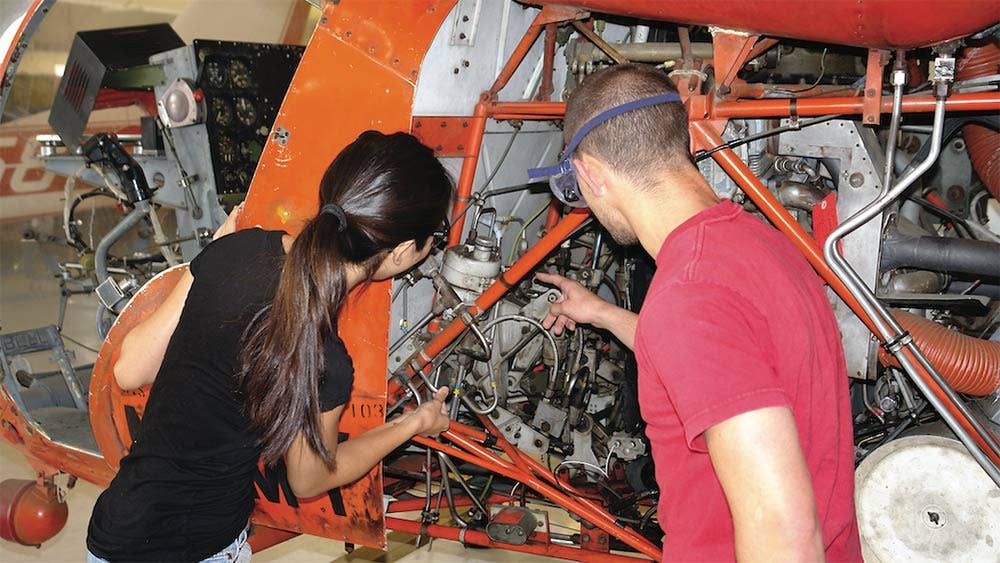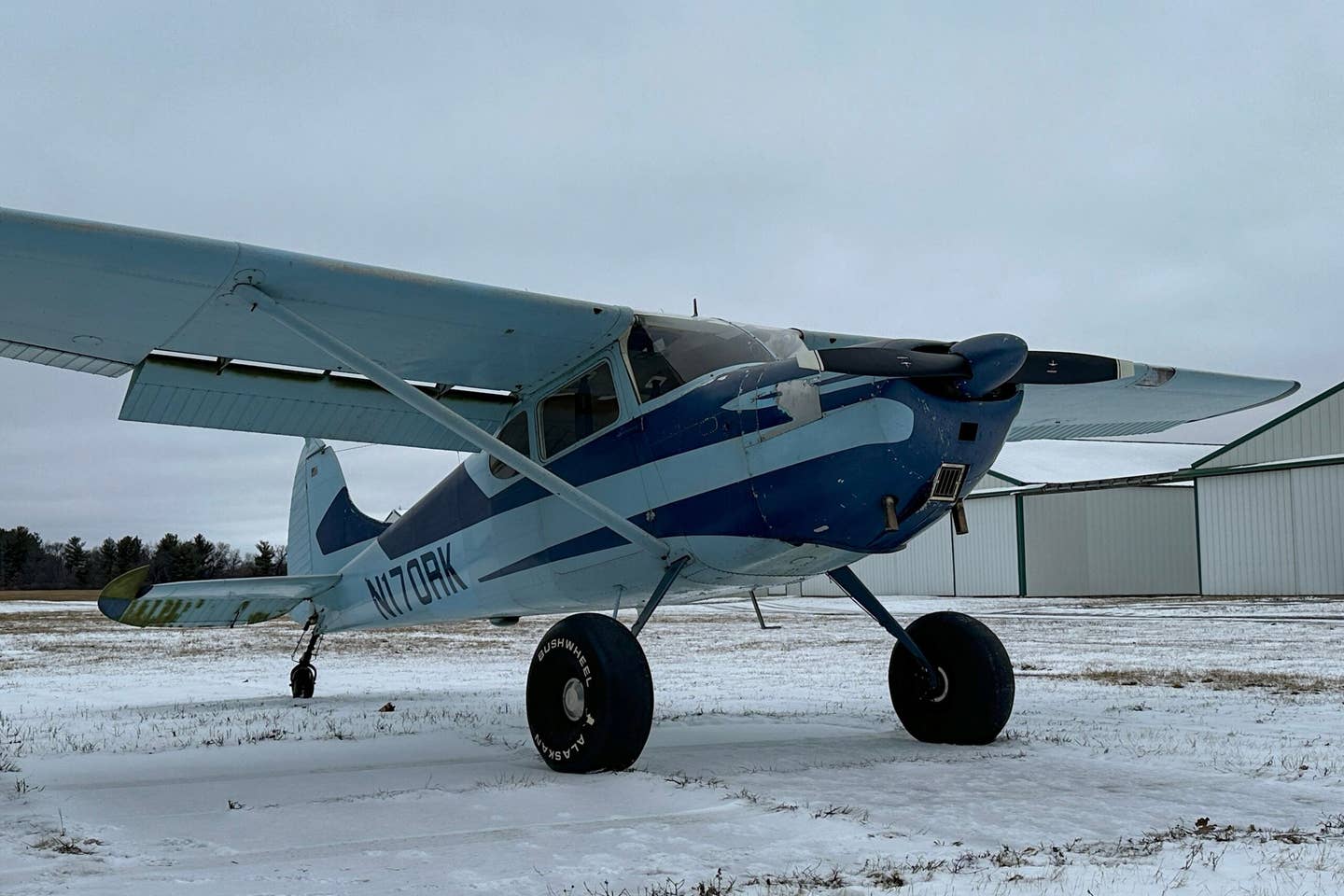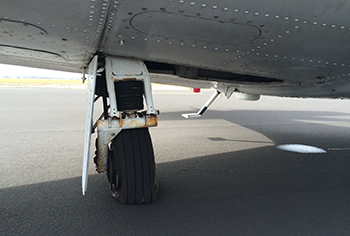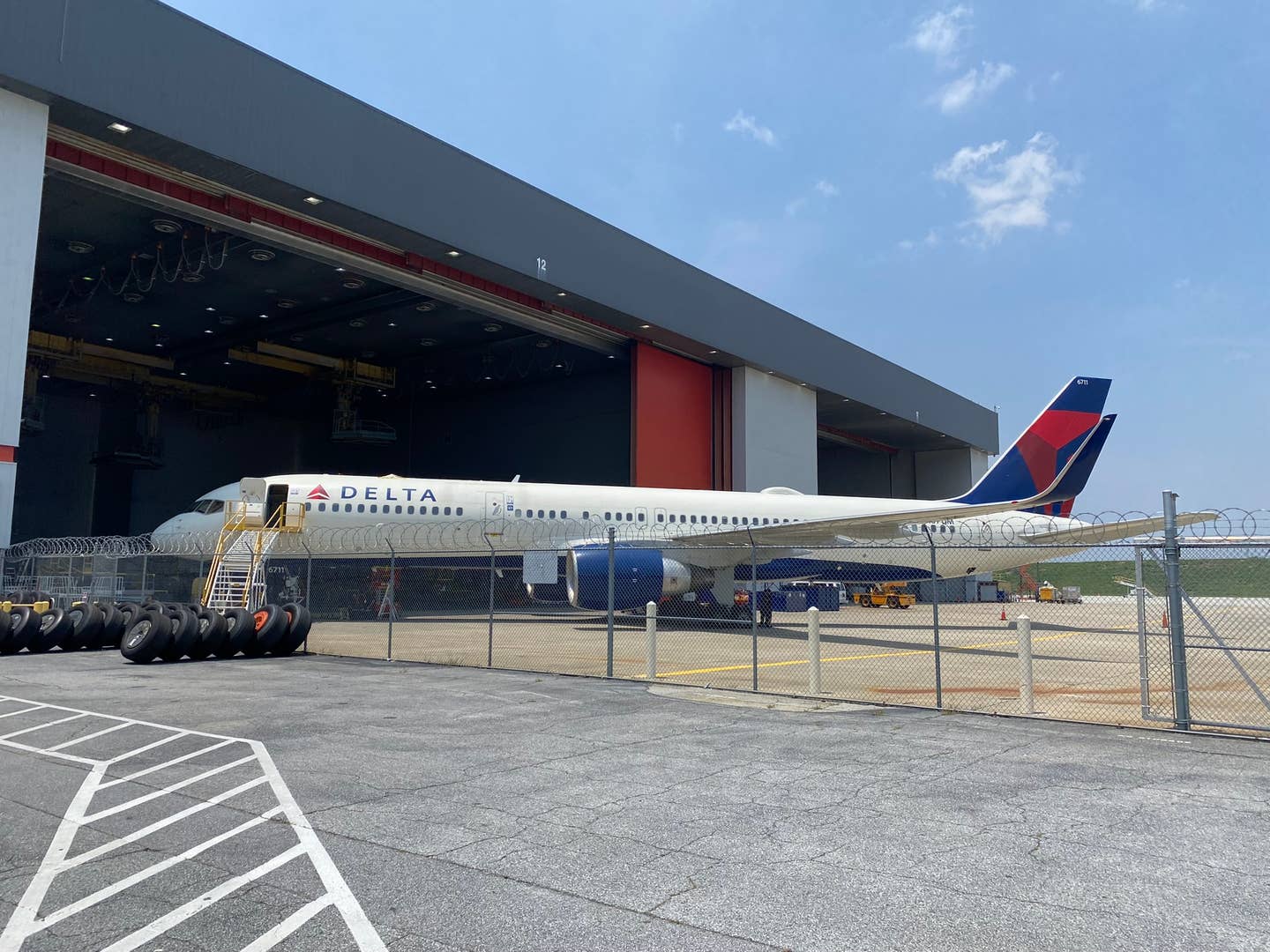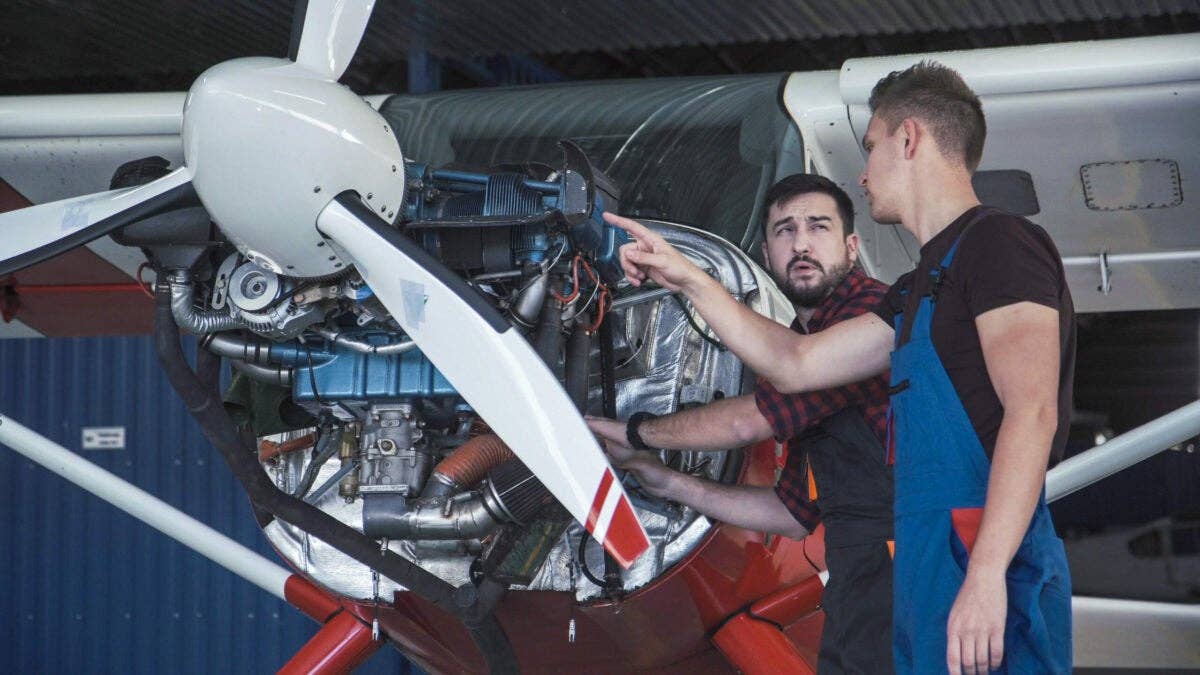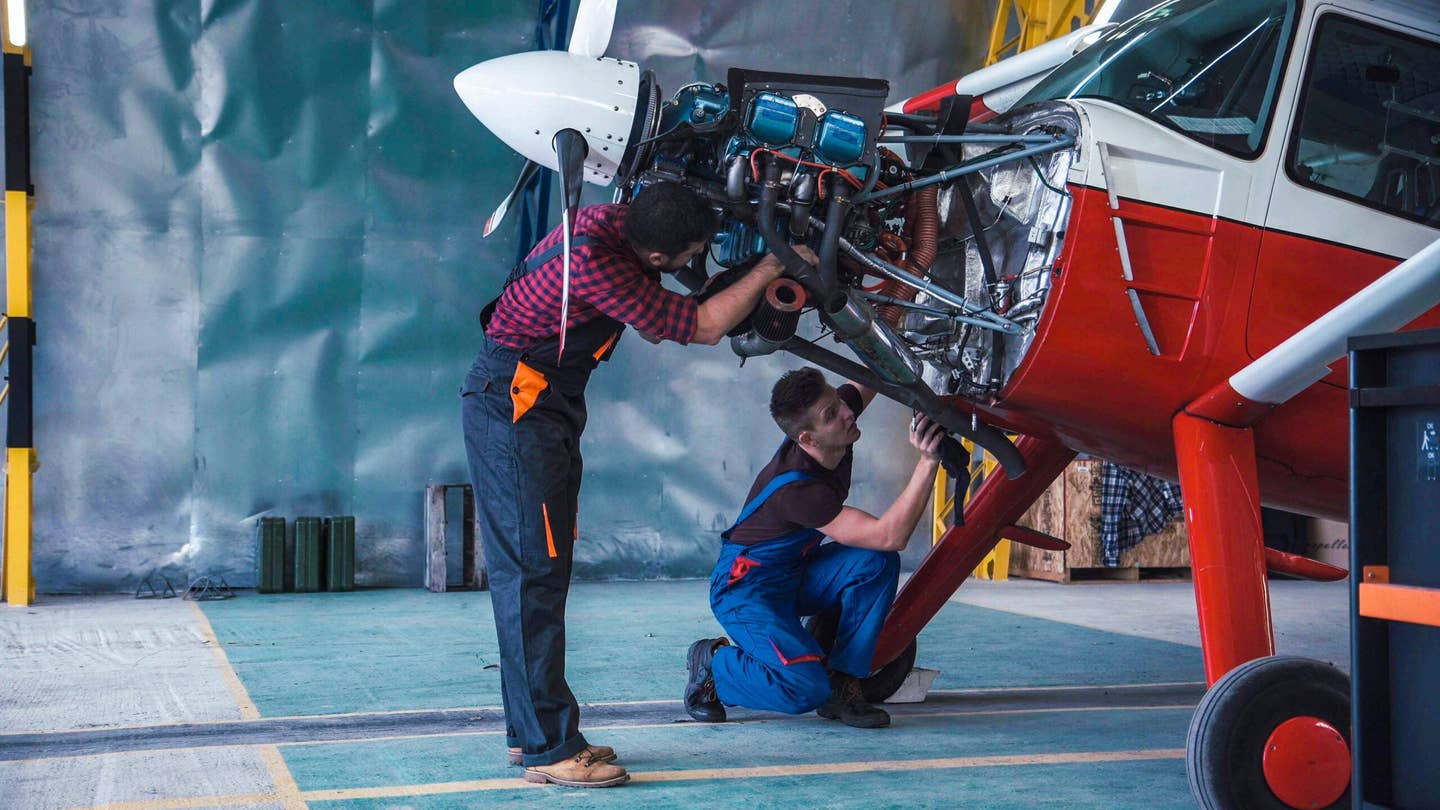Batteries Are the Heart of GA Aircraft
Here’s the down-and-dirty of what you should know about aircraft lead-acid batteries.
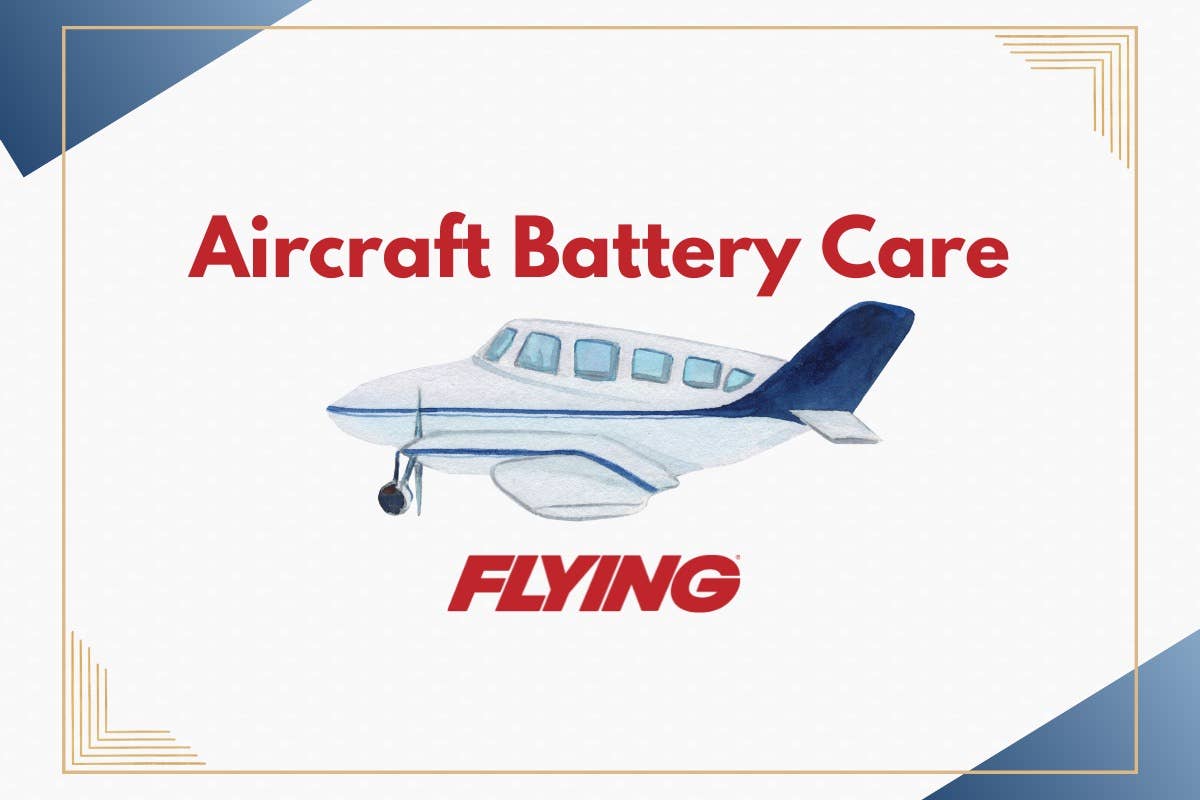
Aircraft batteries power aircraft with 12- and 24-volt systems and range from nickel-cadmium (Ni-Cad) batteries, vented (flooded) lead-acid, valve-regulated (VR) lead-acid maintenance, and the latest technology, Lithium-ion. [Courtesy: Richard Scarbrough]
Airplanes are complex creatures assembled from various hardware, aluminum, rubber, steel, wiring, tubing, and more. Designers dream up the concept. Engineers draw up the plans. Manufacturers push them down the assembly line. Owners leverage financial positions to procure, and mechanics bless them so pilots can put them in the sky. How does all this work? Pure Fantastical Magic, or PFM.
Let’s start at the beginning. An older mechanic once told me that aircraft batteries are almost always an afterthought. Electric current, he said, is just like oxygen. You don’t think of it until you aren’t getting any.
Aircraft batteries power aircraft with 12- and 24-volt systems and range from nickel-cadmium (Ni-Cad) batteries, vented (flooded) lead-acid, valve-regulated (VR) lead-acid maintenance, and the latest technology, lithium-ion. We will begin our battery journey with the lead-acid type.
You should know the drill by now. Let’s see what the Feds have to say about aircraft batteries. Remember, commit nothing to memory, use reference material, and trust but verify. Ready, go.
Battery System Guides
The FAA publishes guides to educate, inform, and govern activities on the care and keeping of aircraft batteries. FAR 23.1353 Storage Battery Design and Installation provides the roadmap to successfully maintaining your aircraft battery systems.
We have yet to cover Technical Standard Orders in detail, but TSO-C173 Subject: Nickel-Cadmium, Nickel Metal-Hydride, and Lead-Acid Batteries is another excellent resource. The FAA link does not work well; you must dig to get to it. Shoot me an email to editorial@flying.media, and I will send you a copy.
Any worthy maintenance endeavor begins with a trip to the aircraft mechanic’s sacred text, the Advisory Circular AC 43.13. In the early days of our time together, I introduced the 43.13 in The First Airworthiness Guide of the Maintainer Journey, highlighting AC No: 43.13-1B and AC No: 43.13-2B.
AC 43.13-1B dedicates section 2 to storage batteries. Beginning with 11-15, the general section, this AC informs us that most small private aircraft utilize lead-acid batteries. Continue, and you will learn of inspection and operation, maintenance, and potential issues. AC 43.13-2B deals with aircraft alterations and addresses batteries in chapter 10.
A third resource is AC No: 23-17C Systems and Equipment Guide for Certification of Part 23 Airplanes and Airships.
Major Players
Aircraft Spruce & Specialty Co. aircraft battery listings vary between brands, sizes, and scope. One typical example is the Gill G-25 aircraft battery. This 12-volt unit comes with acid (part number 11-01833) and without acid (part number 11-01673). A quick look at the application guide lists all the standard airframes, Beechcraft, Cessna, Piper, and more.
Another popular model is the Concorde RG-24-15 Platinum Series (part number 11-03878). This 24-volt battery is TSO Approved under FAA TSO-C173a. Here is where the TSO mentioned earlier comes into play. Spruce does a fine job of providing aircraft owners and maintainers with all the intel needed. They even have the RG Series aircraft battery Owner/Operator Manual. Check out the Q+A session at the bottom of the page.
Aircraft Battery Shop, LLC has a list of information sheets that can assist when managing your battery maintenance plan. According to their website, the company “builds FAA-PMA’s for nickel-cadmium, lead-acid, emergency battery packs, and temperature sensors on the market today.”
Teledyne Battery Products is the original equipment manufacturer (OEM) of the Gill Battery line. They have a battery selector, accessories, chargers, and even supplemental type certificates (STCs). Most manufacturers provide access to technical data, and Gill distributes theirs through the Maintenance Center providing environmental documents, technical updates, CMMS, and instructions for continued airworthiness (ICAs). One of their top distributors is Air Power Inc., offering a full-line catalog.
Heart of the Aircraft System
Chris Holder, Eastern U.S. sales manager at Concorde Battery, and I sat down recently to discuss the finer points of aircraft batteries.
FLYING: How vital are lead-acid batteries to someone’s general aviation aircraft? They are expensive car batteries; only you don’t get them from NAPA.
CH: The battery is the heart of an aircraft system—like a human heart. So, to say it’s vital is a bit of an understatement. If you are attentive to your health, you get your heart checked annually during a physical. Your aircraft battery must get the same attention at the annual inspection. It needs to be capacity tested to ensure it has a minimum of 51 minutes of power—commonly referred to as essential power. Suppose you lose an alternator or generator in flight. In that case, necessary equipment must continue to work, and the battery provides power to those essential components during that time—no power— no basic working equipment. Get the picture?
While there are similarities between car batteries and aircraft batteries, there are key differences. The plates in an aircraft battery are thinner. Because of this, when you charge an aircraft battery, you must control the voltage. You can damage aircraft battery plates with too much voltage for too long. It’s critical to refer to Concorde’s Component Maintenance Manual (CMM) for those voltage settings.
FLYING: What innovations has Concorde developed in recent years? Anything noteworthy?
CH: Our batteries haven’t changed much in the last decade. Our effort to educate the flying public about how important your battery is and what needs to be done over time to ensure airworthiness and reliability has become an emphasis at Concorde in the previous decade.
If we’re being honest, we don’t overthink about our car or truck battery—until it quits working. Failure isn’t an option with aircraft batteries. They must stay healthy. Some may consider it a bit unusual, but Concorde spends excessive time helping our customers get their Concorde batteries to last as long as possible. We do this through our Virtual IA Renewal Series each January, providing free education to technicians and pilots. We host multiple forums yearly at venues like Sun 'n Fun [Aerospace Expo], [Experimental Aircraft Association] Airventure [Oshkosh], and HAI [Helicopter Association International]. We also travel thousands of miles annually to educational seminars across the globe – teaching pilots and technicians alike the skills necessary to operate Concorde lead acid aircraft batteries reliably.
Concorde expands applications yearly through STCs or by becoming original equipment on new aircraft. What is always noteworthy is this—Concorde batteries are primarily handmade, which means attention to detail and robustness of construction are the resulting benefits. Batteries live in a vibratory environment, and their ability to withstand it is vital. Larger intercell connections allow Concorde batteries to recharge more efficiently, reducing the opportunities for sulphation to begin. Concorde’s RG Series (recombinant gas) batteries are also constructed with proprietary PolyGuard separators and AGM (absorbed glass mat) technology—technology so reliable that U.S. and foreign air forces have adopted Concorde batteries across the globe. As we like to say, "If Concorde batteries are good enough to be on the F-117 Stealth fighter, they’re good enough for your aircraft as well!”
FLYING: Please provide readers with the number one takeaway for maintaining aircraft batteries.
CH: Fly the airplane! I know it sounds simplistic, but it’s the key. If your aircraft sits (and therefore your battery) for extended periods, the battery will self-discharge—even without a load. The hotter the ambient temperature, the faster it happens. A sealed lead acid aircraft battery will lose 25 percent of its charge:
- Every 90 days at 77 degrees Fahrenheit
- Every 45 days at 95 degrees Fahrenheit
- Every 21 days at 113 degrees Fahrenheit
As you can see, it can happen rather quickly. If you can’t fly once a week (and for at least an hour when you go), then a BatteryMINDer by VDC Electronics is a must. We worked with them years ago to develop an aircraft battery maintainer that could be (if needed) left on the battery for extended periods.
Using a typical automotive maintainer for extended periods will dry out the AGM mats and damage the plates of an aircraft battery, which ultimately shortens the life – rather than extending it.
Sulphation acts as a “barrier” and will not allow that portion of the plate to receive a charge. If you neglect an aircraft battery (by not flying regularly or using a BatteryMINDer during extensive downtimes), sulphation will begin to harden on the battery plates. If the sulphation isn’t corrected, it will expand and crystalize to the point that the battery will no longer operate in an airworthy manner. However, there is a fix for sulphation. Our Component Maintenance Manual (CMM) describes an effective method called a conditioning charge to remove sulphation. It would be best if you had a charger with a constant current mode to perform this task.
There you have it, folks, the down-and-dirty of aircraft lead-acid batteries. I encourage you to download Concorde’s General Aviation Catalog and keep handy. Feel free to reach out to me if you have any questions. Thanks again for reading, and let’s be careful out there.

Sign-up for newsletters & special offers!
Get the latest FLYING stories & special offers delivered directly to your inbox

